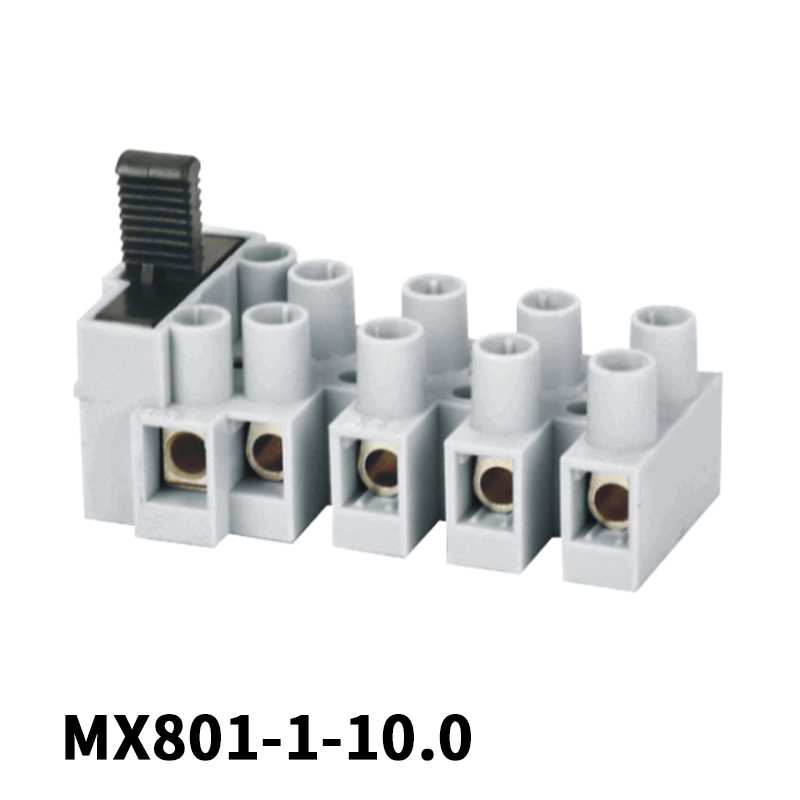Terminal blocks are used to connect two or more circuits. They provide electrical grounding to reduce the risk of short circuits. Since connecting two or more circuits is a very time-consuming task, terminal blocks are a great solution. Some products are better suited for high-power and high-vibration circuits, while others are more suitable for a lower-voltage environment. For more information about terminal blocks, read the following article.
When choosing a terminal block, there are several things to consider. For example, the contacts, which are known as "poles," "way," and 'position,' should match the wires' position and orientation. Contact pitch is the distance between the centers of each hole in the terminal block. The distance between the holes is known as contact pitch, and it is directly proportional to the number of contacts. This measurement is typically expressed in millimeters.
The pitches of terminal blocks are measured from their poles. They are rated according to their pitch, which is a center distance between two poles. The overall rating of the terminal block will determine how much clearance the terminal block will have. The pitch is also important because it helps a customer decide how much power a particular type of device needs. Therefore, you should look for this factor when buying a terminal block. It will help you find the right type of connector.

If you are designing an electrical circuit, a terminal block will be a useful component. However, it is important to und erstand the different types of terminal blocks before making a final choice. In addition to the various electrical and mechanical specifications, the safety ratings of terminal blocks will be useful. So, it is important to choose the correct terminal block for your application. The following information will help you make the best decision. Know About the Different Types of Terminal Blocks
The pitch is a measurement that describes the distance from the pole to the center of the block. The pitch is the distance between the two poles. It is measured in millimeters. The length of the terminal block is determined by its pitch. A standard terminal block should be large enough to support the entire load. If the terminal block is too small, it will not be able to accommodate the load. It should be positioned so that the cable will not snag.
Various types of terminal blocks are available for different applications. The most common type is a screwless one. The screwless type is a perfect choice for the electrical components that are small and light-weight. Its size is more practical, and it fits in a variety of spaces. Some types of terminal blocks are used for multiple purposes, while some are specifically designed for industrial applications. For industrial purposes, the pins are sized differently.